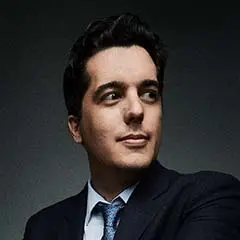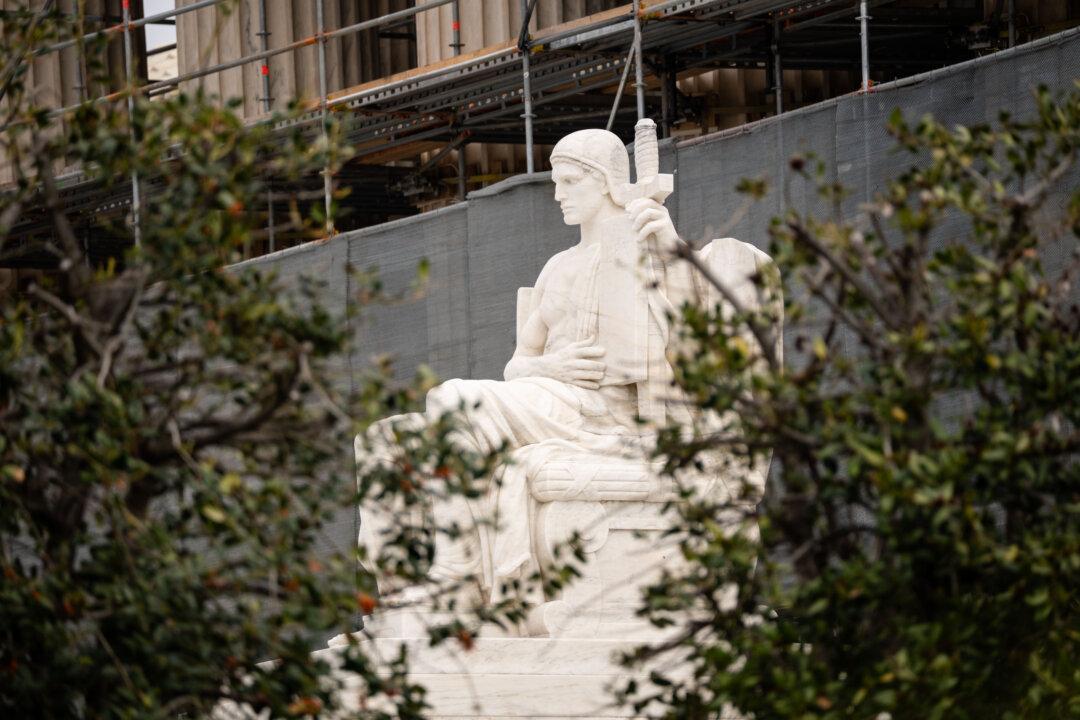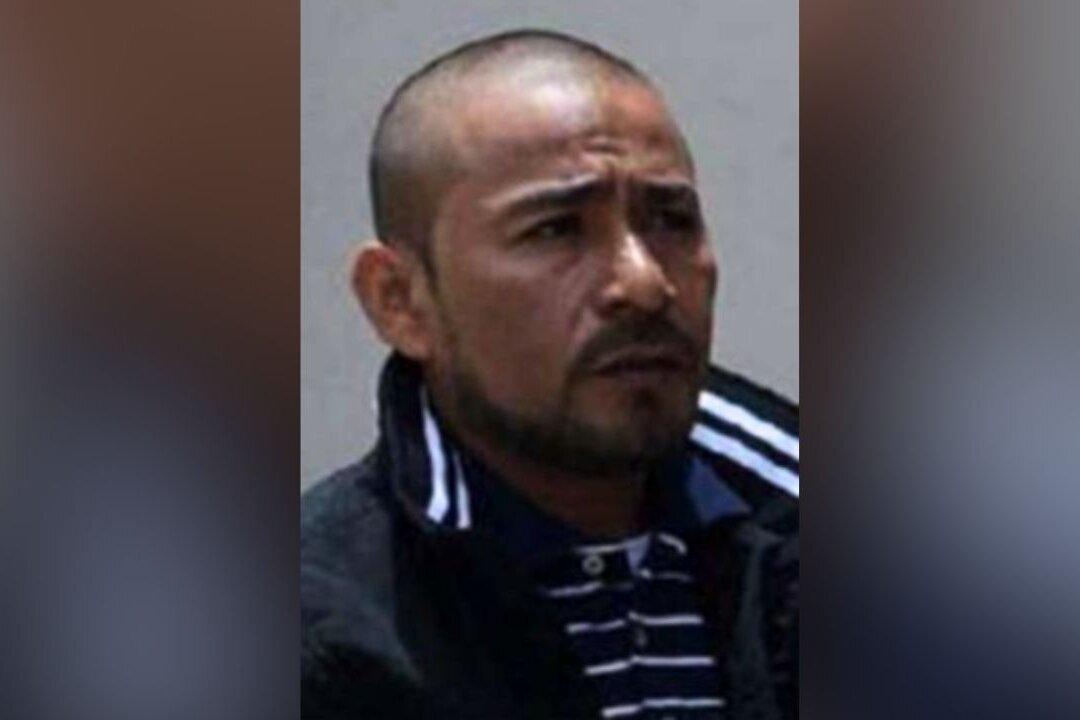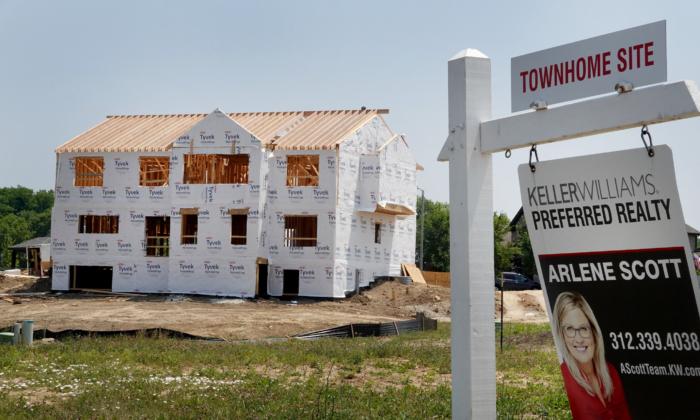US Can Produce Rare Earths If China Stops Exports–But There’s a Catch
China’s export restrictions on seven key manufacturing materials exposed a glaring absence of commercial processing capacity with few fast fixes on tap.
White House Endorses COVID-19 Lab Leak Theory
The White House endorses the lab leak theory as a possible origin of COVID-19.
How Therapists Are Failing Our Children: Pamela Garfield-Jaeger
She is a licensed clinical social worker and the author of ‘A Practical Response to Gender Distress.’

New Biography Unearths a Grand View of a Baseball Great
Alan D. Gaff has discovered some of baseball’s most important lost works in ‘Baseball’s First Superstar.’

Spring Deck Maintenance: 6 Essential Steps to Inspect and Refresh Your Deck or Porch
Bugs, dirty boards, and bad weather—spring is the time to check how your deck has held up against winter’s wear.

Rembrandt Peale’s Famous Portrait
The artist’s painting of his brother Rubens, posed beside a flowering geranium, is considered one of America’s finest portraits.
Most Read
Top Stories
Hakeem Jeffries to Lead Bipartisan Delegation to Denmark to Discuss Greenland
The visit comes as President Donald Trump has expressed an interest in the United States obtaining Greenland.
NIH Director Gives Update on New Project to Find Causes of Autism
Dr. Jay Bhattacharya said the project will take longer than Health Secretary Robert F. Kennedy Jr. initially indicated.
Trump Says ‘No Intention of Firing’ Powell, Presses Fed to Cut Rates
Trump says Powell will remain as Fed chair until May 2026 as he continues pressuring the Federal Reserve to cut interest rates.
▶How Therapists Are Failing Our Children: Pamela Garfield-Jaeger
She is a licensed clinical social worker and the author of ‘A Practical Response to Gender Distress.’
Everything We Know About El Salvador Deportee Abrego Garcia
The Trump administration has defended its decision to deport the man at the center of the nation’s most-debated immigration case so far this year.
Empty Aisles at Canton Trade Fair Signal China’s Export Pain
Low foot traffic and early pack-ups at Chinese trade fair reveal how new US tariffs are putting pressure on Chinese exporters and factory jobs.
▶Persecuted in China, Young Shen Yun Artists Find New Meaning on the World Stage
Stories of persecution and resilience behind the performing arts company that’s become a global sensation.
NYC Libraries Receive Fake Bomb Threats Targeting Falun Gong Parade
The threats were received a day after a large-scale parade and rally in New York City’s Flushing neighborhood.
Africa Would Bear Brunt of US Tariffs, Must Look to Negotiations, Say Analysts
African governments have appointed special envoys to be dispatched to Washington to negotiate with President Trump’s representatives before the July 9 deadline.
EPA Chief Visits San Diego, Calls for Urgent Action on Border Sewage Crisis
He says Mexico’s new president is open to stronger environmental cooperation.
Musk Says His Time With DOGE Will ‘Drop Significantly’ Next Month
The comment comes as Tesla reported lower profits and revenue for the first quarter of 2025.
Judge Halts Trump Administration Efforts to Dismantle Voice of America
U.S. District Court Judge Royce Lamberth ruled that the government likely violated the law in its rush to dismantle federally-affiliated media groups.
Vance Calls for Stronger Defense, Trade Relations With India During Visit
The vice president said he believes there is much more the two nations could accomplish together.
‘Thank You for the Beauty,’ Photographer Says After Seeing Shen Yun
Easter weekend, Jacques de Givry, a photographer in search of the world’s beauty, and his son François were moved by the grace and beauty of Shen Yun.
Trump: US Will Set Terms on Tariffs If China Does Not Agree to Deal
Trump echoed his stance that China and other countries are going to want to make a deal with the United States.
Anti-Semitism Reported at Record Highs in US
An annual report by the Anti-Defamation League shows a sharp upsurge in incidents making reference to Israel or Zionism.
Newsom Says Democrats Lack Self-Reflection After 2024 Defeat
The California governor says failure to confront 2024 mistakes could doom Democrats again in 2026 and hand Republicans another victory in 2028.
White House Responds to China Warning Countries Against Making Deals With US
White House press secretary says that the dozens of countries reaching out to strike a deal with the United States ’speak for themselves.’
Teens Scroll for Hours, but Real Connection Eludes Them
Time and attention are precious resources. Does social media optimize or hinder the way teens invest in their friendships?
Day in Photos: JD Vance in India, Shark Attack in Israel, and Earth Day Volunteers
A look into the world through the lens of photography.
Jury Finds NY Times Did Not Defame Sarah Palin in Retrial
The loss marks the second time a jury has rejected Palin’s libel claims.
‘Eric LaRue’: A Mother’s Healing Journey
‘Eric LaRue’ should be chased with documentaries ‘I Am Living Proof’ and ‘The Work’; soul healing is available in both religious and non-religious settings.
Special Coverage
Special Coverage





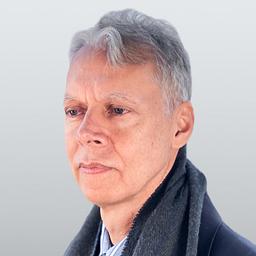





































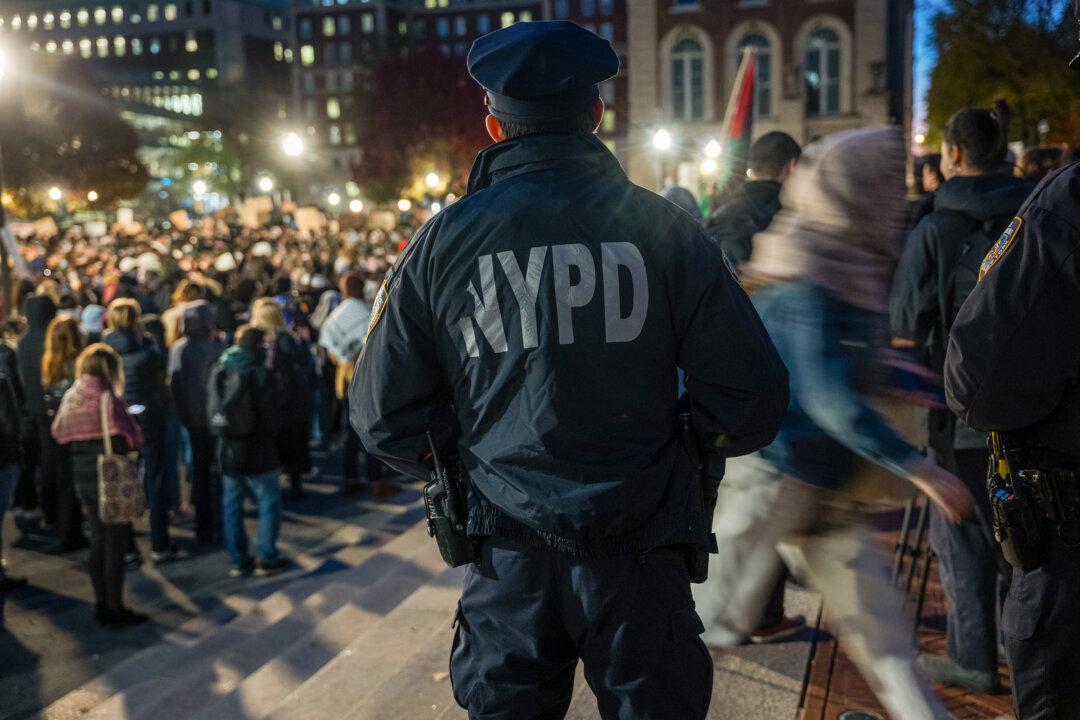
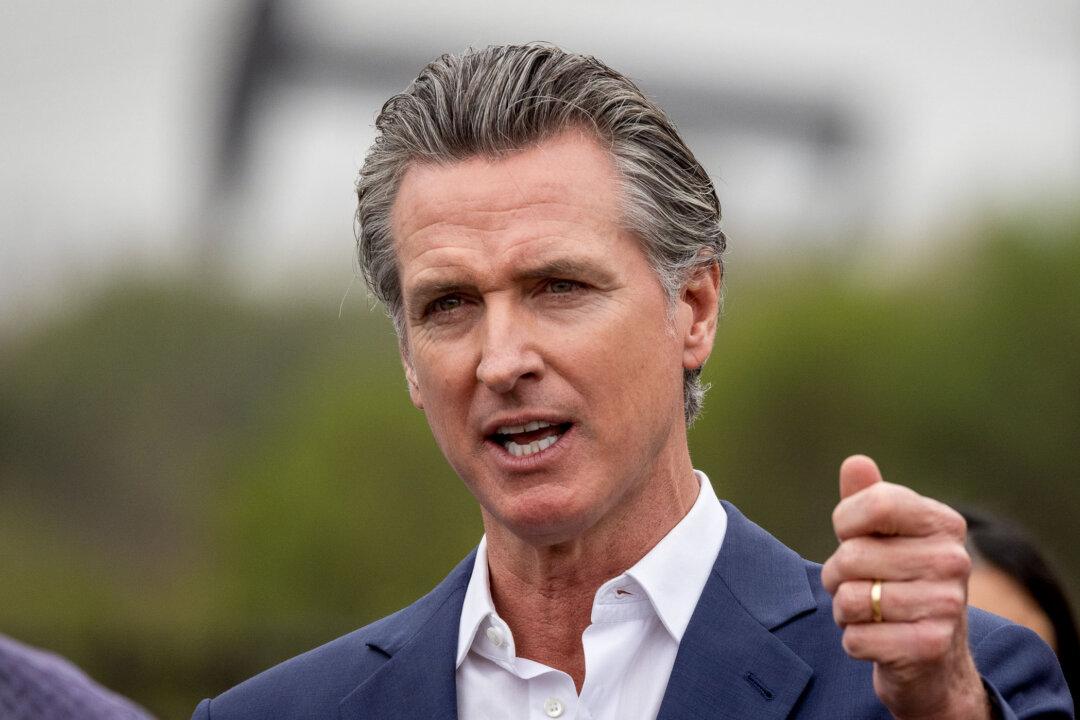
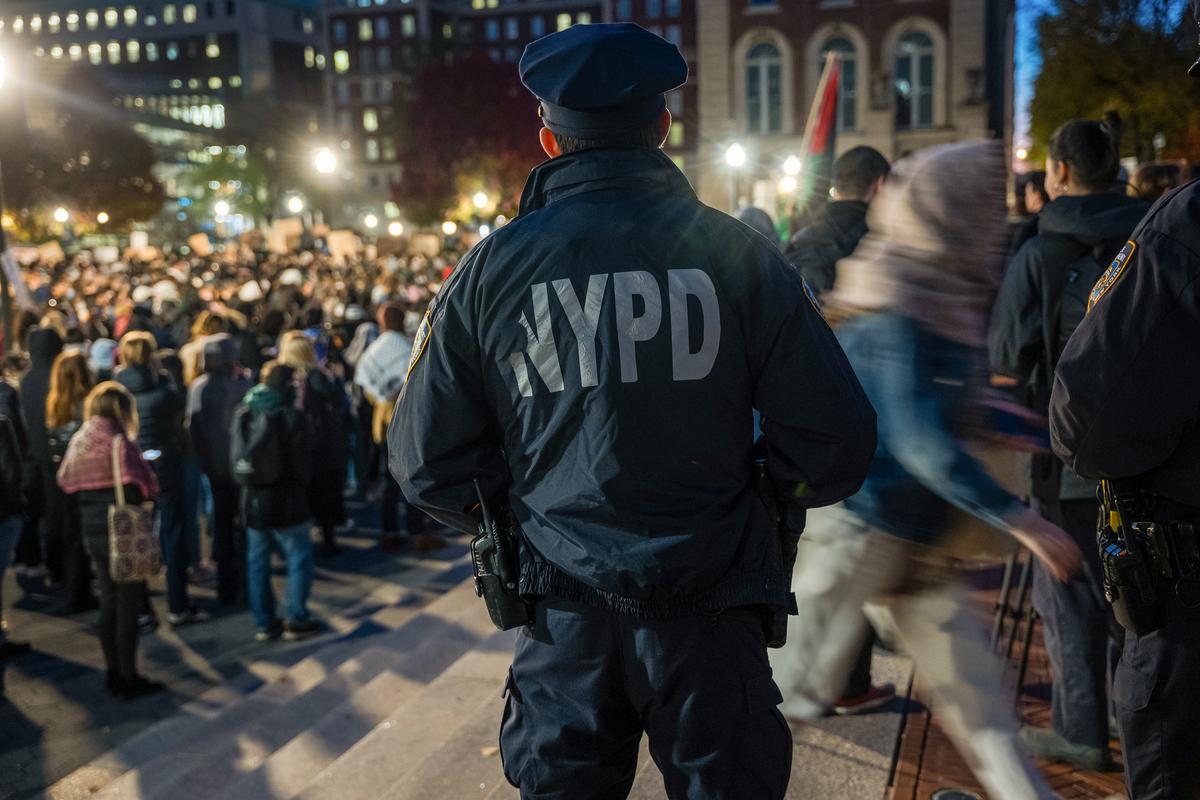












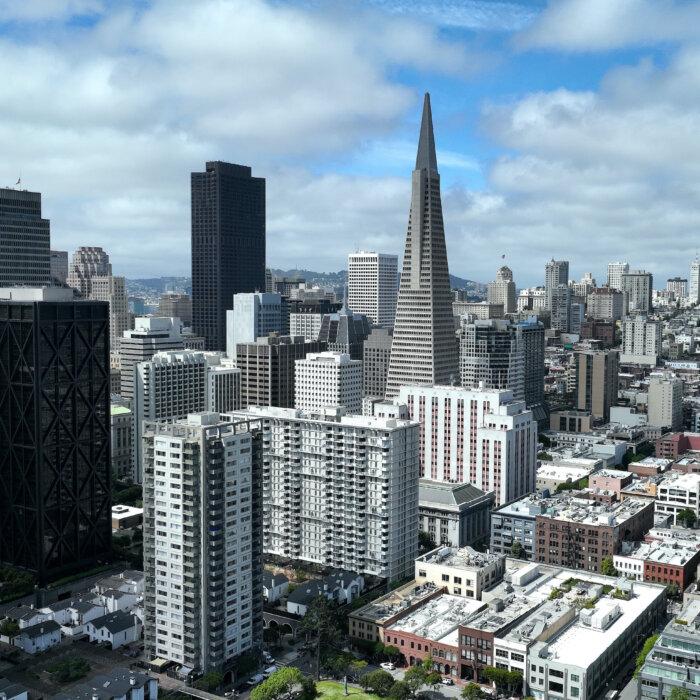




![[LIVE Q&A 04/23 at 10:30AM ET] ‘Baby Bonus’ Could Be Paid to Americans to Have More Kids | Live With Josh](https://www.theepochtimes.com/_next/image?url=https%3A%2F%2Fimg.theepochtimes.com%2Fassets%2Fuploads%2F2025%2F04%2F22%2Fid5845934-042325_REC-600x338.jpg&w=1200&q=75)
